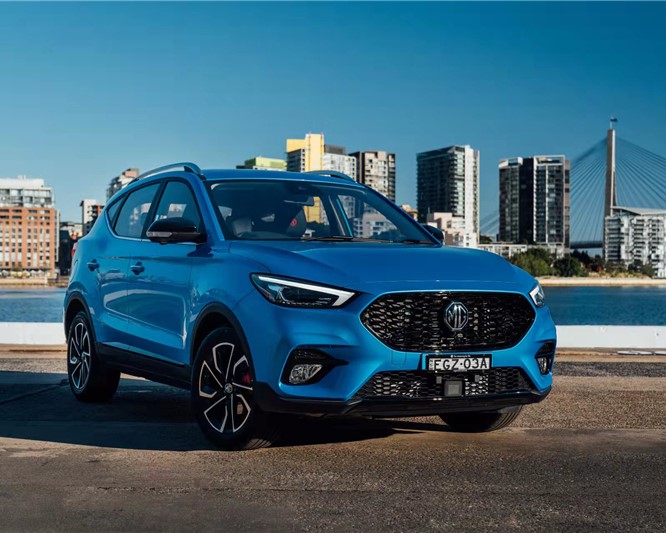SAIC Motor, one of China’s leading automotive manufacturers, has announced plans to request a hearing from the European Commission regarding the newly imposed provisional tariffs on electric vehicles (EVs) manufactured in China. The state-owned automaker contends that the European Commission overlooked critical information and counter-arguments submitted during the investigation.
The European Union recently imposed provisional duties ranging from 17.4% to 37.6% on Chinese-made EVs, aiming to prevent what it perceives as a flood of cheap EVs built with state subsidies. These duties, which took effect this week, represent Brussels’ largest trade case yet, initiated to protect European car manufacturers from what they argue is unfair competition.
SAIC’s response
SAIC Motor, which faces the highest tariff rate of 37.6%, is particularly aggrieved. In a statement, the company asserted, “The European Commission overlooked some of the information and counter-arguments submitted by SAIC during the investigation.” This response follows the European Commission’s publication of findings from its nine-month investigation into China’s EV market, which detailed a lack of cooperation from both the Chinese government and SAIC.
Implications for Chinese automakers
The report from the European Commission justified the high tariff on SAIC due to perceived non-cooperation, while other Chinese automakers, such as BYD and Geely, received lower tariffs of 17.4% and 19.9%, respectively. These tariffs are in addition to the EU’s standard 10% duty on car imports. The provisional duties will be subject to a four-month review period, during which intensive negotiations are expected to continue. Beijing has already threatened wide-ranging retaliation if the duties are not adjusted.
Industry reactions and strategic adjustments
The announcement of the tariffs has prompted significant anxiety within China’s EV industry. Tu Le, founder of consultancy Sino Auto Insights, noted, “The most anxiety for China EV Inc has been the uncertainty of how their products will be received in these international markets. With the U.S. and EU settled on tariffs and rates, they can now adjust their global strategies to include this new normal.”
SAIC’s subsidiary, MG, has already begun adapting to the new landscape. A spokesperson for MG in France stated that the company has sufficient stock of MG4 vehicles to last until November without increasing prices. This stockpiling strategy indicates an immediate response to the potential financial impact of the tariffs.
The path forward
The European Commission’s report highlighted the reluctance of Chinese entities to cooperate fully with the investigation, which influenced the high tariff rates. The Chinese government and affected automakers, including SAIC, have until July 18 to comment on the provisional duties and request hearings. These discussions will be crucial in determining the final outcome of the tariffs and the broader trade relationship between the EU and China.
Potential outcomes and industry impact
Should SAIC’s appeal and subsequent negotiations lead to a reduction in tariffs, it could alleviate some of the financial pressures on Chinese automakers exporting to Europe. Conversely, if the tariffs remain unchanged, Chinese EV manufacturers might have to reconsider their market strategies, potentially investing in local production facilities within the EU to circumvent the duties.
Moreover, the imposed tariffs could trigger retaliatory measures from Beijing, potentially affecting other sectors beyond the automotive industry. The ongoing trade tensions highlight the delicate balance of international trade relations and the far-reaching impact of protectionist measures.
SAIC Motor’s challenge to the EU’s provisional tariffs underscores the growing complexity of international trade in the automotive sector. As negotiations continue, the outcome will not only affect Chinese automakers but also shape the future dynamics of the global EV market. The next few months will be critical in determining whether a mutually beneficial resolution can be achieved or if the tariffs will become a permanent fixture, influencing pricing strategies and market shares on both sides of the trade dispute.



